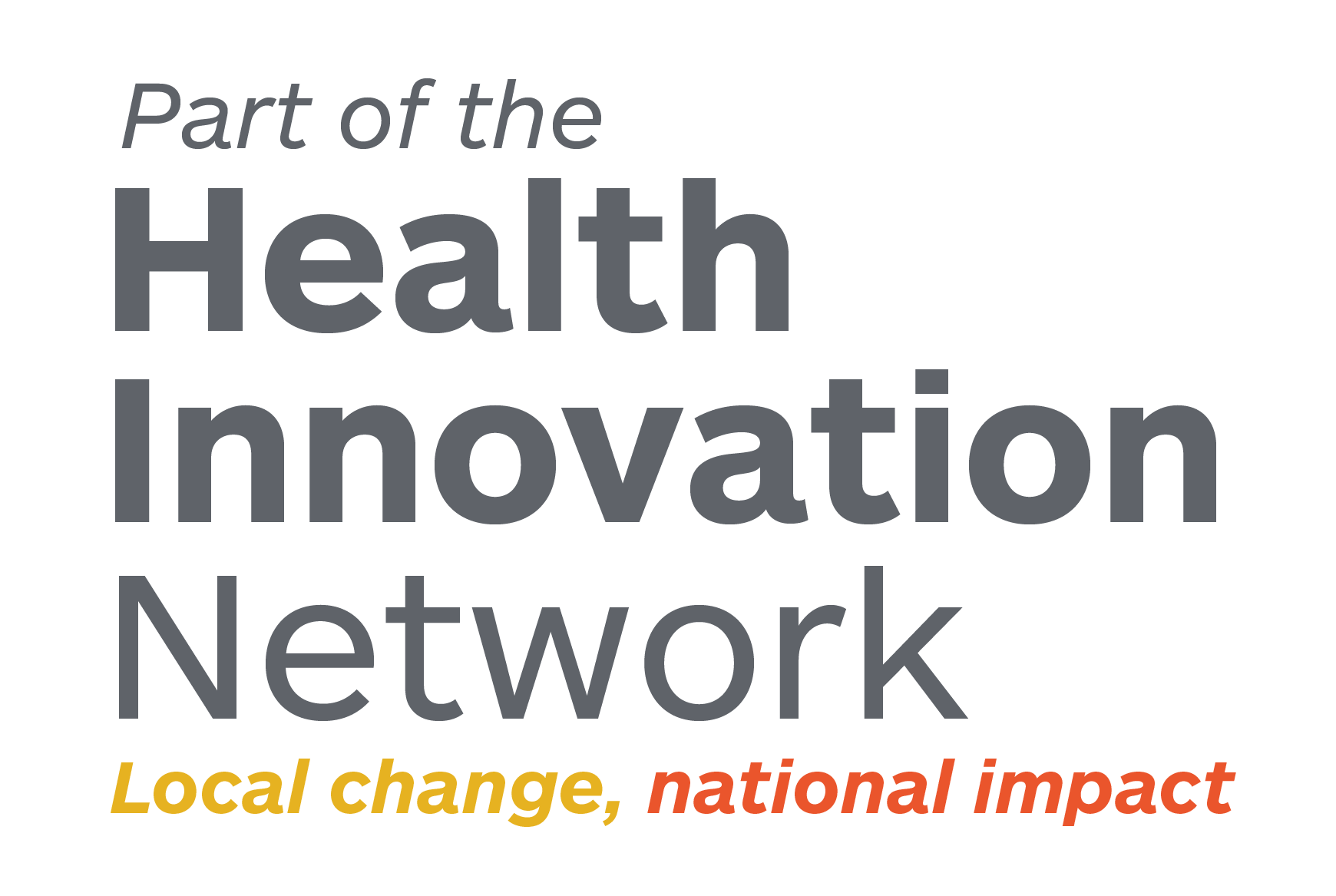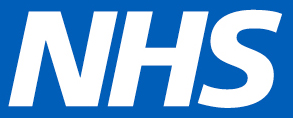Ann Remmers, Maternal and Neonatal Clinical Lead for the West of England AHSN, reflects on how brilliantly midwives are adjusting to working in these unprecedented times, and thanks each and every midwife for the amazing job they are doing.
No one could ever have predicted what a momentous year the International Year of the Nurse and Midwife was going to be. And yet here we are in the grip of a worldwide pandemic which has completely turned everyone’s world upside down.
For the last four years we have been focussing on developing our maternity services to provide choice and personalised care for all women and their families in response to Better Births.
To meet the recommendations of Better Births, midwives have developed many innovative and exciting ways of working together with women and Maternity Voices Partnerships. For some midwives this has meant completely changing the way they work so that they can give women personalised care and continuity of carer.
Midwives have shown themselves to be adaptable to many changing situations but none have been more challenging than the current Covid-19 pandemic. Anyone who has ever met a midwife will know that we are a pretty huggy bunch! We spend so much of our time in close contact with women, none more so than when we are with women in labour. It is really hard to change our ways to social distancing when caring for women and to not use touch to reassure women. Wearing face masks, gloves and protective glasses means midwives have to work harder at creating that connection with women, using their voices and their eyes to convey feeling and support. But midwives are finding ways to overcome this and reassure women that despite the protective clothing they are still the same kind and caring midwife underneath.
At the Royal Cornwall NHS Trust, an innovative group of midwives have produced a video specifically aimed at reassuring women before they come into hospital. In the video one of the midwives shows what she looks like before donning personal protective equipment and gradually puts on her “work” gear reminding the viewer all the time that she is the same midwife with the big smile underneath it all. Watch the video:
I think back to my days as a community midwife many years ago when a call in the middle of the night could sometimes lead to the unexpected. One particular night a man called from a telephone box (not everyone had mobile phones then!) to say his wife was in labour and could I come straight away. As I rubbed the sleep from my eyes I asked him to give me his address. Well there wasn’t an address exactly, he said and directed me to a disused factory car park where he and his partner who were travellers were temporarily living in a caravan. I picked up my bag and headed off into the night; he met me at the edge of the car park and led me to the caravan with a torch shining the way. This was their home and they had prepared for the birth of their baby in the same way every parent does. After several hours in the caravan their baby arrived safely and it was wonderful to see this happy family able to have the birth they wanted despite the unusual location.
This reminds me of how midwives are used to adjusting to working in many different situations but what midwives and all healthcare workers are dealing with today is unprecedented in our lifetimes. Midwives are plunged into new situations and new ways of working for which they have not been prepared. Midwives are used to knowing the answers to women’s questions but now, because so much is new and unknown, sometimes they don’t always know the answers and that can be very unsettling.
Everyone is trying very hard to provide up-to-date information and guidance and the rate at which this excellent guidance is being produced by our national bodies is phenomenal. But sometimes the guidance raises more questions and anxiety: “Which PPE do we wear?” “What do we do about testing?”. This is where the frequent contact midwives are able to have with their leaders and each other is so important and reassuring. Through regular virtual meetings and calls we have all become more adept at using technology! Midwives are good at supporting each other; there is always someone willing to share their experience and their learning.
Keeping contact with women and providing them with timely advice has become crucial and midwives are finding different ways to make this happen. Across the West of England and the South West midwives are working hard to support women to have the birth they dreamt of before the Covid-19 pandemic changed everything; this includes keeping our Birth Centres open for women to access. Midwives across the region are providing video consultations and telephone advice to women antenatally and postnatally. Across Bath, Swindon and Wiltshire, Community hubs are a focus for mothers and families to obtain advice and to keep in contact with each other. In Gloucestershire midwives have started online parent education classes and are now developing this to have the ability to do Facebook Live Q & A sessions across the county. There are many other examples where midwives are changing the way they provide care to adapt to the current situation.
Midwives really are rising to the challenge to ensure that despite the difficult circumstances women and their families receive the right care for them and their new born babies. Maternity services are keen to point out to women that they remain open and ready to provide them with the care and advice they need whenever they need it.
I am very proud of my profession and all my nursing and medical colleagues who are working so hard to ensure healthcare continues to be provided that is safe and timely. I think we all feel emotional when we stand on our doorsteps on Thursday evenings to applaud NHS and key workers for what they are doing and the sacrifices they are making right now.
This is the International Year of the Nurse and Midwife and 5 May is International Day of the Midwife, so I will be celebrating with all midwives and thanking them for continuing to provide support and care as women go through this remarkable experience in their lives. I hope each and every midwife gives themselves time to celebrate with their families and reflect a little on the amazing job they are doing.
It’s a big thank you from me for all you and your colleagues are doing in rising to this significant challenge.







